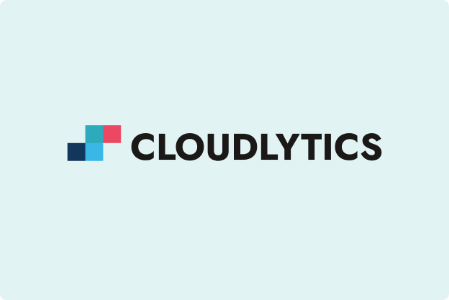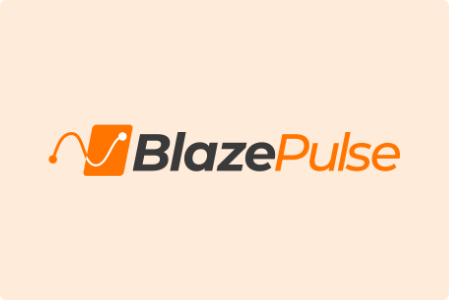Cyberthreat continues to evolve each year, exfiltrating data, implanting ransomware and interrupting business operations. Most organizations fail in accurate identification of risks arising from misconfigurations in public cloud. With continued investment in new technology, new and advanced cybercrime TTPs – tactics, techniques and procedures – have come to the fore.
Organizations assume that they would remain safeguarded from threats by investing in security tools for all new services or technologies they adopt. However, this approach is both cost-intensive and inefficient. Considering the uncertainty in the repercussions of the most potent threats, the best approach for organizations is to make investment in holistic security solutions, which scale and evolve alongside an organization over time.
Key Cloud Security Trends in 2025
1. Shift-Left Security and DevSecOps Maturity
In 2025, DevSecOps has matured beyond tool adoption—it now embodies a cultural shift. Security is embedded earlier (“shift-left”) in the development lifecycle, integrated into CI/CD pipelines with automated testing, policy-as-code, and real-time feedback loops.
Modern DevSecOps tools combine Cloud Native Application Protection Platforms (CNAPPs), infrastructure-as-code (IaC) scanning, and runtime monitoring to deliver continuous and contextual protection. These practices are now baseline expectations rather than emerging trends.
2. AI-Augmented Threat Detection and Response
Artificial intelligence is no longer experimental in cybersecurity. In 2025, AI-powered security operations (SecOps) assist in detecting anomalies, analyzing vast threat intel feeds, and automating incident response. Machine learning models are continuously trained with fresh telemetry from EDR, NDR, and cloud audit logs, significantly reducing time to detect (TTD) and time to respond (TTR).
3. Cloud Identity and Entitlement Management (CIEM)
With cloud environments becoming increasingly complex, identity remains the new perimeter. Over-provisioned access and privilege creep are common vulnerabilities. CIEM tools help organizations enforce least privilege, audit entitlements, and remediate overexposed identities across AWS, Azure, GCP, and SaaS.
Organizations are now combining CIEM with Just-In-Time (JIT) access controls and behavioral analysis to tighten identity governance.
4. Container and Kubernetes Security
While container adoption was still ramping up in 2020, 2025 marks the rise of Kubernetes-native applications. However, these environments are inherently complex and require specific security measures—like runtime scanning, pod-level policy enforcement, and secure service meshes.
Tools such as Kyverno, OPA/Gatekeeper, and eBPF-based runtime protections are essential for securing microservices and ensuring compliance across clusters.
5. Zero Trust Architecture (ZTA) Becomes Default
Zero Trust is no longer a buzzword; it’s the default. In 2025, enterprises are moving away from network perimeter-based models toward identity, device, and context-based access control. Cloud providers now offer integrated ZTA solutions, allowing dynamic access enforcement and real-time risk scoring for users, workloads, and data.
6. Cloud Security Posture Management (CSPM) and Continuous Monitoring
Think of CSPM as your ever-vigilant security guard for all your cloud setups – it’s constantly checking to make sure everything is configured correctly and securely, just like we practiced with our checklists. And when we combine that with continuous monitoring, it’s like having that security guard not only checking things regularly but also immediately alerting us the moment something looks out of place or if a new threat emerges, ensuring our cloud environment stays safe all the time.
7. Regulations, Compliance Automation & Cloud Audits
Compliance is more complex in 2025, with new frameworks like DORA, CCPA 2.0, and expanded ISO 42001 for AI governance. Instead of being reactive, organizations are adopting compliance-as-code tools to continuously enforce security policies and generate real-time audit trails.
This automation also allows businesses to detect compliance drift across workloads and geographies without manual intervention.
8. BYOD and Shadow IT Risk Remediation
The hybrid workforce remains strong post-pandemic, but BYOD and shadow IT have created major visibility gaps. Endpoint security and device posture checks are now essential before granting any cloud access. Cloud Access Security Brokers (CASBs) and Secure Web Gateways (SWGs) have evolved to monitor behavior across devices in real-time.
9. Supply Chain and Third-Party Risk Management
2025 has seen a surge in software supply chain attacks, such as dependency poisoning, CI/CD pipeline breaches, and compromise of open-source components. Organizations are investing in Software Bill of Materials (SBOMs), continuous validation of third-party libraries, and runtime verification of packages.
10. Next-Gen Identity and Access Management (IAM)
Imagine you have a special VIP pass that gets you into certain areas, but it’s not just any pass – it’s super smart and knows exactly what you’re allowed to do, based on who you are, where you are, and even what device you’re using! That’s what next-gen IAM does; it’s not just about giving you a username and password, but rather it’s about making sure only the right people, under the right conditions, can access specific resources, protecting everything we care about.
Finding the Right Cloud Security Solution – The Way Ahead
Whether organizations partner with cloud storage solution providers who offer a more comprehensive range of services, or decide to manage their cloud security via in-house software, it is not an easy task. Cloud service providers help organizations save time on research processes and meet their requirements effectively.
To sum it up, cloud computing drives business growth. However, lack of skilled professionals represents an existential crisis for the fledgling digital economy. A concerted effort is required by organizations to address these challenges, on part of both public and private sectors. Efficiency of implementing a cloud security strategy will determine an organization’s ability to thrive in the digital marketplace.
Similar topics:

















